
Soccer fans would all agree that the formation of a team plays a crucial role in how teams want to play. In modern soccer, managers and coaches have developed different styles, tactics, and formations to model their game. Winning a soccer game requires the best tactics and formation. These formations can be used in different variations depending on the team’s game plan.
Soccer coaches have created, adopted, and restructured soccer formations to suit a certain style over the years. Sir Alex Ferguson loved his winger high up the touchline, so he plays a flat 4-4-2 formation. Pep Guardiola wants to control possession and then prefers a 4-3-3. The list goes on. In this article, I will discuss the ten best soccer formations in soccer today.
Best Soccer Formations in 2024
1. The 4-3-3 Formation
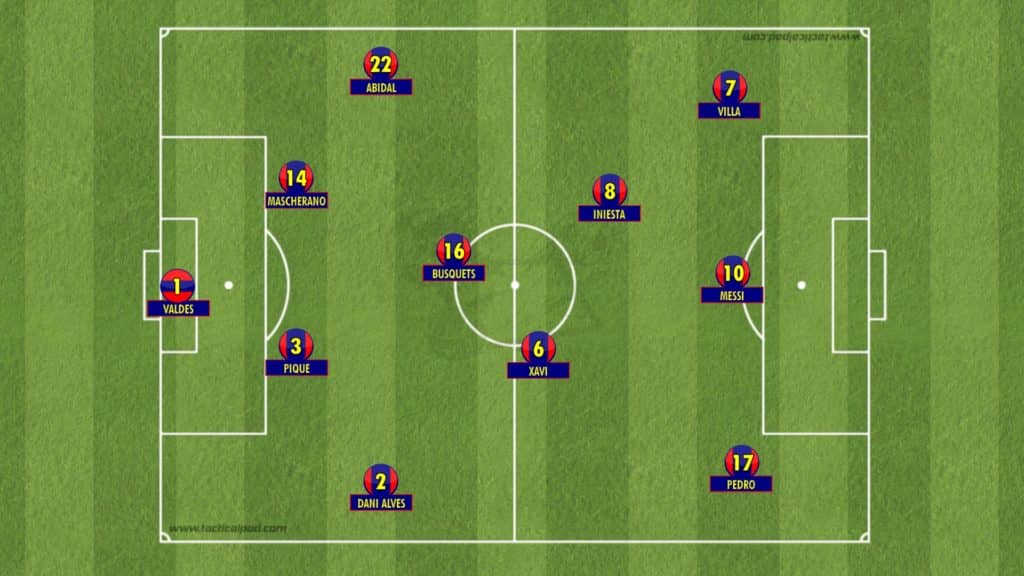
This formation has become very popular and effective in the last decade. The formation entails an attacking intent. It is also a possession-based soccer that allows the team to dominate and control it.
Pep Guardiola’s famous Barcelona side from 2008 to 2012 is evidence of the effectiveness of this formation.
The 4-3-3 requires a strong back-four with full-backs that possess attacking threats. The midfield three must always have one holding player (defensive midfielder), while the other two are given the license to roam. This style usually sees two wingers come inside while the number 9 stretches the defense.
With the narrow style of modern-day wingers, this formation works well to break down stubborn and low-block defensive teams. The full-backs in the 4-3-3 are also given the license to bust forward when the team is in possession.
This style has become popular since Pep Guardiola’s Barcelona and Spain World cup winning team. It is also a formation that can produce many goals as the team can create many chances.
2. The 4-2-3-1 Formation

The 4-2-3-1 is the most used formation in modern soccer today. That is because it provides both attacking and defensive capabilities for teams. Mourinho is one of the best managers who has adopted this formation in recent years. His success in Inter Milan is a key highlight.
This style of soccer sees two holding midfielders protecting the defense while the wingers are given good width. The formation also gives the No 10 a free role which allows him to create chances for his teammates.
The formation also suits any striker from a complete 9 to a goal poacher. The full-backs, like in most formations today, are allowed to bust forward. That is because the two holding midfielders provide enough cover.
An advantage of this style is that it allows teams to play offensively with a defensive approach. It also suits a counter-attacking style due to the fast wingers that provide width.
Also read: What’s The Difference Between Sweeper and Stopper in Soccer?
3. The 3-4-3 Formation
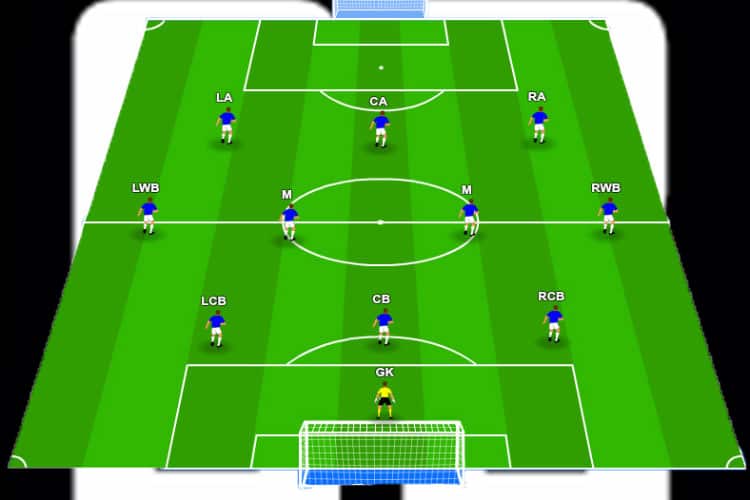
This formation is one of the most underrated in Soccer. Although the Italians were familiar with fielding three center-backs, most other teams preferred the traditional back-four. However, this formation has become one of the best since Conte’s success with Chelsea in the 2016-17 EPL season. The Italian gaffer won the title with a 3-4-3 formation unpopular in English soccer.
This formation ensures that the wing-backs are integral to how the team attacks. The back three ensures that the team can build from the back and control the game. The central midfielders must bring the energy up and down the pitch.
Conte’s style in his Chelsea’s side success saw the wingers making mazy runs and opening up space for the number 9.
Tomas Tuchel brought in a similar style that led to Chelsea’s Champions League success in less than six months. Again this time, the full-backs were key. And the two central midfielders worked very hard in winning back possession.
This formation is also one of the best because it is built on defensive solidity and creating chances with the wing-backs. It was effective in the high pressing game.
4. The 3-5-2 Formation

This formation is very similar to the 3-4-3 formation. However, the differences are highlighted in the way the team attacks. The 3-5-2 entails a free-roaming attacking midfielder to play behind two strikers.
With the assurance of a defensive solidity when adopting a back-three, the 3-5-2 tends to exploit the width of the wing-backs and still be able to play through the middle.
This formation is built on three main aspects. Defensive solidity, fluidity in midfield, and great with through the wing-backs. The two strikers have the luxury to open space for each other with mazy runs and good hold-up play.
This disciplined formation has a big adoption in the Italian Serie A.
5. The 4-4-2 Formation (Flat)
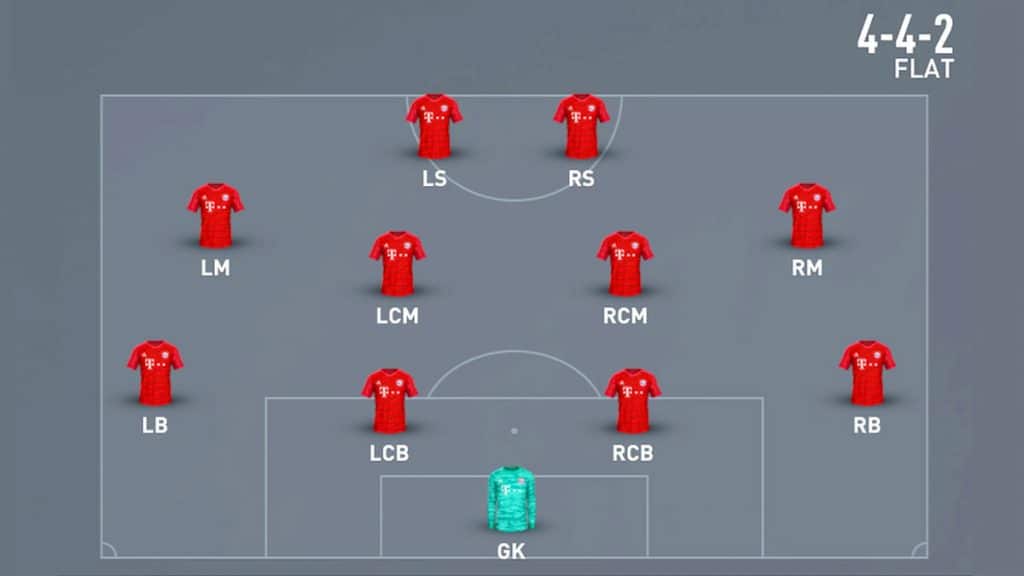
The attacking threat of this formation is slowly losing its hold in modern-day soccer. Utilized for attacking intent by Sir Alex Ferguson’s famous Manchester United’s side, the 4-4-2 is now mostly used as a compact tactic.
This formation sees a back-four with the full-backs bursting forward to attack. It is also known for playing the wingers as wide as possible to stretch the opposition’s defense and allow the full-backs to join the attack.
The midfield in this formation requires the two players in the middle of the pack to make the distribution of the ball. In some cases, one of the strikers drops deep to pick the ball and help with the service.
This tactic gives the team a good attacking threat–mostly from the wide players– and a defensive cover from midfield.
Also read: How Many Players Are On A Soccer Team?
6. The 4-4-2 Diamond formation

Also known as 4-1-2-1-2, this formation allows the midfield to take the shape of a diamond. This formation plays with a back-four and marauding full-backs. The midfield has a player just in front of the defense, and he is the anchor in the center of the pack.
This formation accommodates two other midfield players on the opposite side of each other. They are expected to provide the ball to the marauding full-backs while the player on the tip of the diamond roams with freedom.
Although this formation might lack width, it ensures that the midfield has enough creativity to play through the opponents. The 4-4-2 diamond is not as popular, but it is very effective to create chances against teams that defend narrowly.
Real Madrid (2017) and Juventus (2015) have used this formation in their respective run to the Champions League final.
7. The 4-5-1 Formation
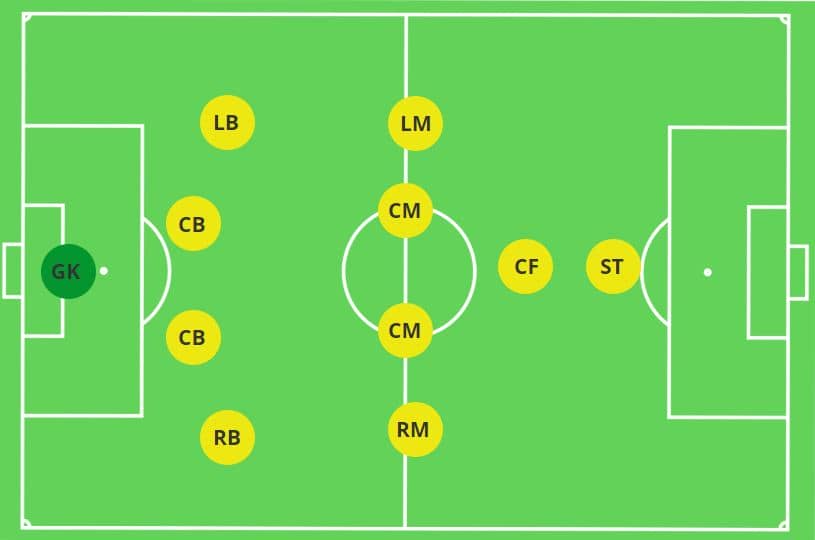
The 4-5-1 formation is mostly a defensive intent tactic many coaches use against stronger teams. This formation sees three midfield players in the middle of the park alongside wingers helping to close the channels.
Most teams adopt this style when they are looking to neutralize the threat of their opponents. It is built to close the wide areas with the wingers ahead of the midfield players. Teams can easily take up the 4-5-1 shape to see out games or hold on to their lead.
On the counter, this formation can pose a real threat. The wingers can put the opposition’s defense on the backfoot by running behind. At the same time, the midfielders can exploit space and play long balls to hit their attack-minded opposition on the counter.
8. The 4-1-4-1 Formation
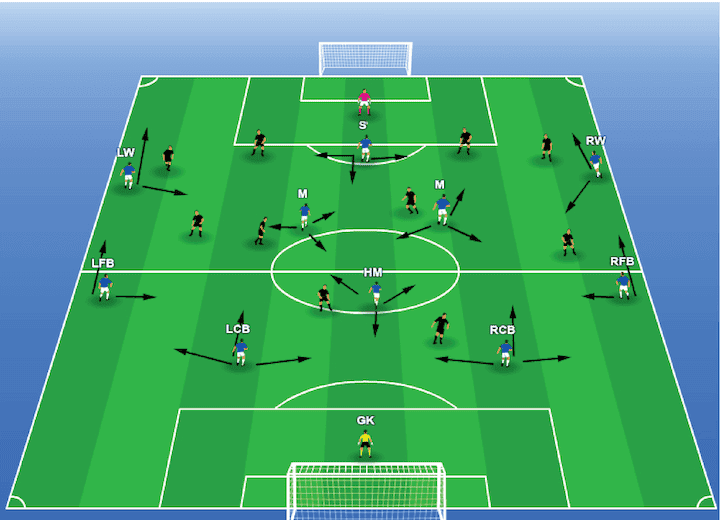
This formation is built on the energy of the four midfield players. The two central midfielders and two wider players are expected to join the lone striker regularly. The one holding midfielder behind helps to cover the defensive line.
Although the formation has its lapses, the team can attack with five players while closing the wide areas in case of a counter-attack.
Also read: How Many Soccer Players End Up Going Pro?
9. The 4-4-1-1 Formation
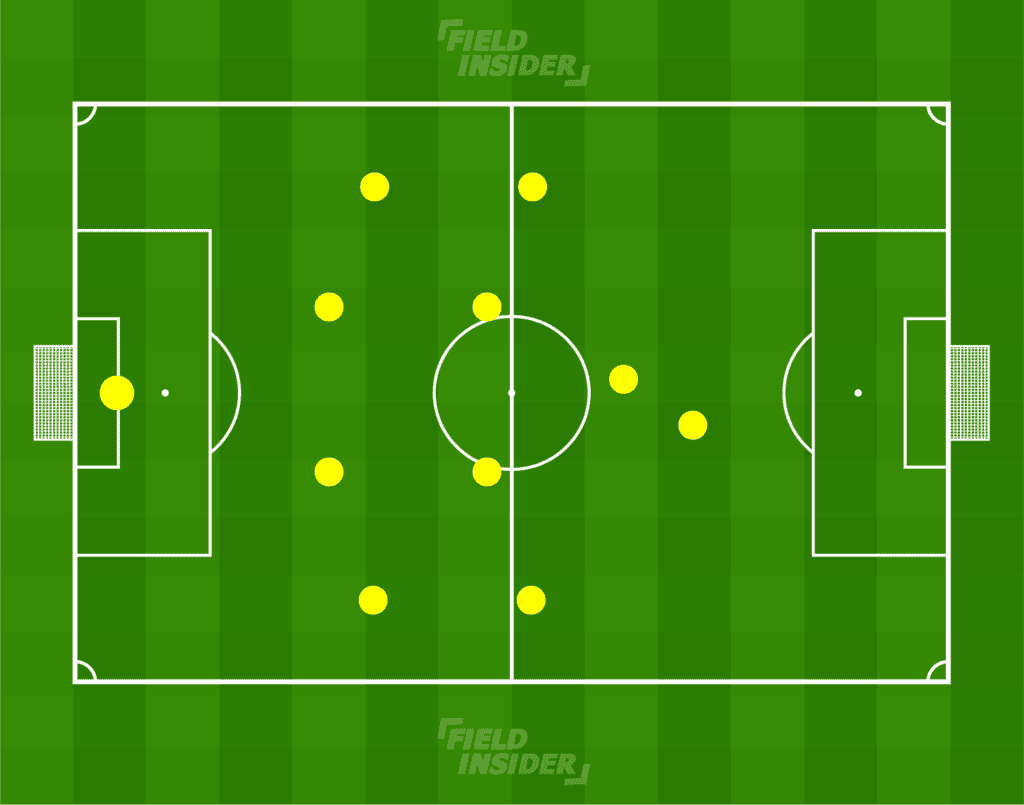
This formation is a very conservative option for soccer coaches. The back-four and the midfield four adopt a very traditional style of tactic. The wingers provide the width and work with the full-backs when they attack.
However, the central midfield players are the ‘play safe’ type. The man behind the striker plays a free role and could drop deep or join the number 9.
This formation allows ball movement into dangerous areas as fast as possible. It also works well in enhancing defensive solidity with the central midfield players.
10. The 4-2-2-2 Formation
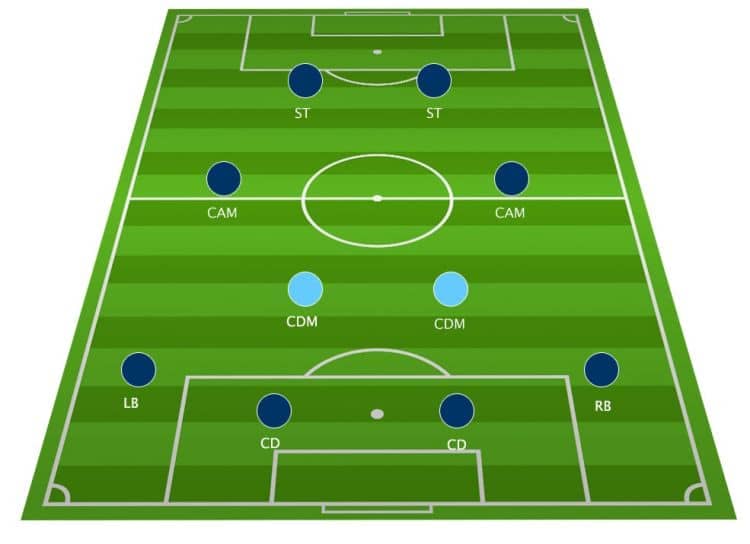
This formation might sometimes look outrageous on paper. It might also suggest a lack of width, but from a tactical point of view, teams can create chances in central and wide areas. Brazil is popular with using these tactics as they have a lot of technically gifted players.
The back-four is stable, while the two central midfielders take the roles of an anchor and a creative force. The ‘wingers’ in this formation have the freedom to drift inside and out very often. Depending on the opponent’s defensive structure.
Further forward, one of the strikers would look to drop and pick up the ball while the other stays in the box. Carlo Ancelotti’s PSG side in 2013 was also famous for playing this brand of soccer.
Conclusion
Formations are very crucial to the style of a soccer team. However, suggesting that a formation is the best might not be realistic. But modern-day soccer has its style, tactics, and formation, and these formations are what works best at the moment.
Also, the formations have been used in different ways by various managers. So, attacking formations can now be used as defensive ones and vice-versa. Nevertheless, I have provided you with adequate knowledge of the top 10 best soccer formations.
If you have any suggestions about the formations, please feel free to put them down in the comment section below!


